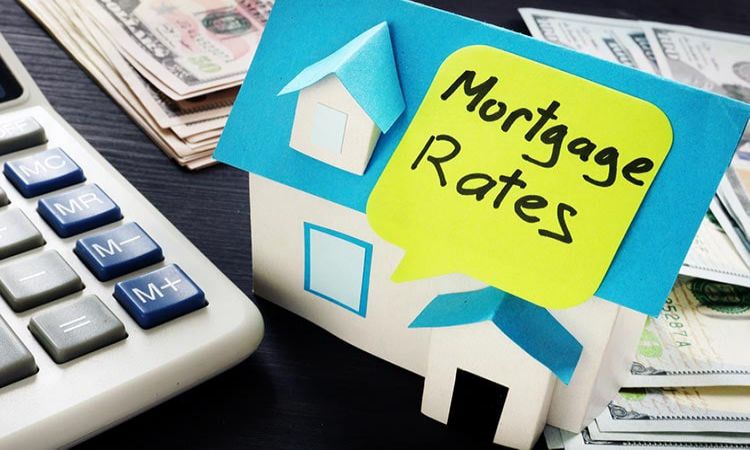 In the world of home financing, borrowers have a variety of choices, such as adjustable-rate mortgages (ARMs). Unlike fixed-rate mortgages, ARMs have an interest rate that fluctuates at set intervals throughout the loan’s term. This article endeavors to deliver a thorough comprehension of adjustable-rate mortgages by examining their functionality, advantages, potential hazards, and circumstances in which borrowers may view them as a suitable choice.
In the world of home financing, borrowers have a variety of choices, such as adjustable-rate mortgages (ARMs). Unlike fixed-rate mortgages, ARMs have an interest rate that fluctuates at set intervals throughout the loan’s term. This article endeavors to deliver a thorough comprehension of adjustable-rate mortgages by examining their functionality, advantages, potential hazards, and circumstances in which borrowers may view them as a suitable choice.
Understanding Adjustable-Rate Mortgages
An adjustable-rate mortgage begins with a set fixed-rate period, usually lasting between one and ten years. As long as the interest rate stays constant during the first stage, borrowers will continue to make monthly payments. However, once the fixed-rate duration ends, the interest rate starts fluctuating based on specific benchmarks like the U.S. Treasury Bill or the London Interbank Offered Rate (LIBOR). The loan’s terms dictate the adjustment period, frequency, and rate limits. When adjustments occur, both the interest rate and monthly payments may increase or decrease according to variations in the underlying index.
Perks of Adjustable-Rate Mortgages
A key advantage of adjustable-rate mortgages is the possibility of lower starting interest rates when compared to fixed-rate mortgages. This can make owning a home more achievable, particularly for those who intend to move or refinance within a few years. Additionally, ARMs can be appealing when interest rates are decreasing since borrowers can benefit from these reduced rates during the adjustment phase. Some ARMs also feature interest rate caps that restrict how much the rate can rise or fall, offering borrowers some protection against significant payment variations.
Considerations and Potential Risks
While adjustable-rate mortgages offer benefits, borrowers should carefully consider the potential risks involved. The primary risk is the uncertainty of future interest rate changes. If interest rates rise, borrowers may face higher monthly payments, impacting their budget and financial stability. It’s crucial to assess one’s financial situation and ability to handle potential payment increases before considering an ARM. Additionally, borrowers should understand the terms of the loan, including adjustment periods, rate caps, and the specific index used for rate adjustments. Evaluating the historical performance of the chosen index can provide insights into potential future rate fluctuations.
When to Consider an Adjustable-Rate Mortgage
For borrowers who want to sell or refinance their property before the first fixed-rate period expires, adjustable-rate mortgages might be a good option. If the borrower expects to relocate or upgrade to a different property within a few years, an ARM can offer lower initial payments during the fixed-rate period. Moreover, individuals who anticipate a decline in interest rates or those who prioritize short-term affordability over long-term predictability may find ARMs appealing. It is essential to evaluate personal financial goals, risk tolerance, and future plans to determine if an adjustable-rate mortgage aligns with one’s specific circumstances.
Adjustable-rate mortgages provide borrowers with an alternative to traditional fixed-rate loans, offering lower initial rates and the potential for future savings in specific scenarios. However, they also come with potential risks, such as unpredictable rate adjustments. Before opting for an adjustable-rate mortgage (ARM), borrowers must ensure they have a solid grasp of how these mortgages function, assess their financial situation and future endeavors and meticulously evaluate the advantages and drawbacks. Seeking advice from a mortgage broker can be of immense help in determining whether an ARM aligns well with one’s unique homeownership objectives.


